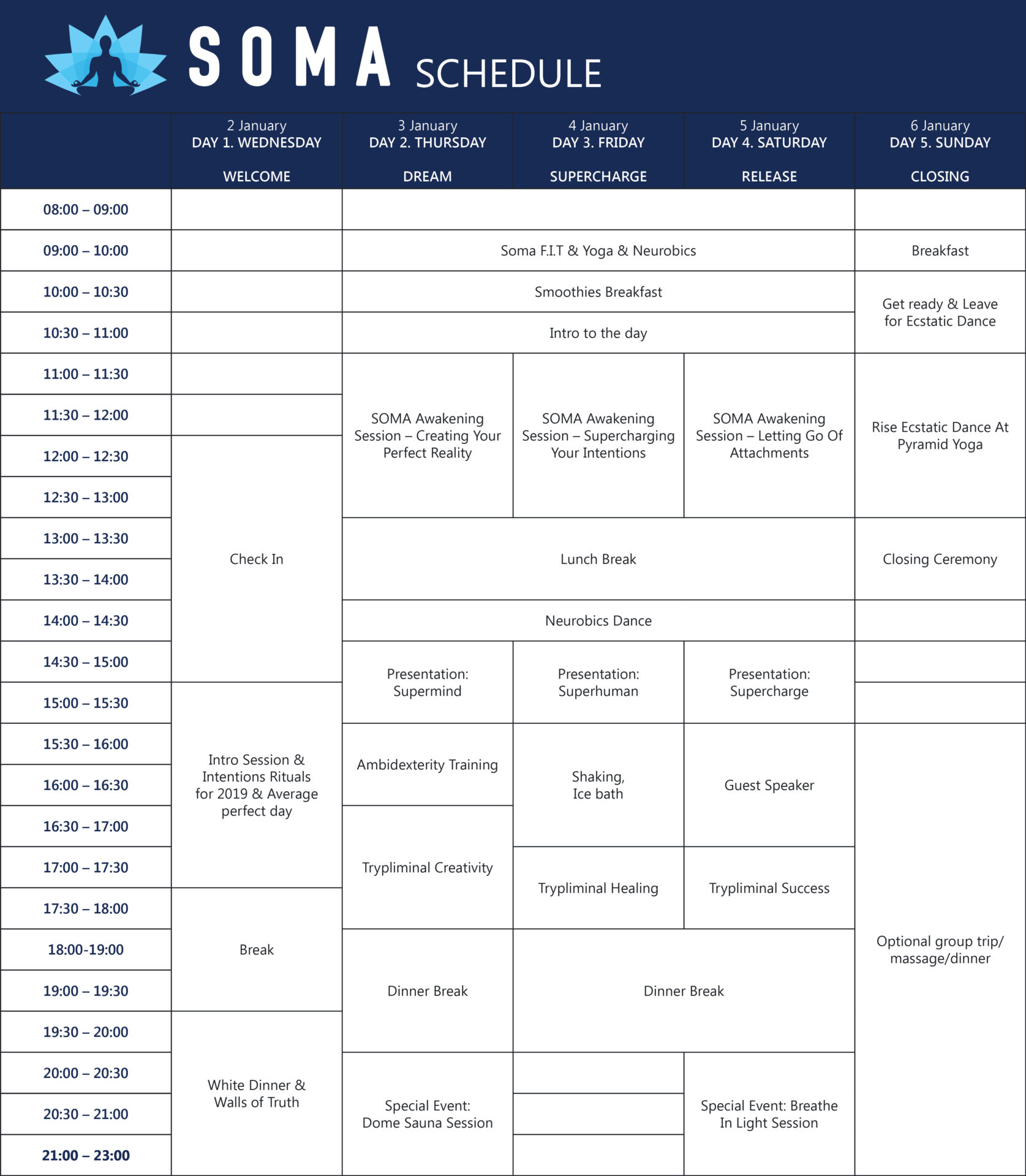
The world can be a cruel place and sadly, we have more and more people every year that have experienced traumatic events. There are people who are suffering that would benefit deeply from a holistic and accessible treatment option —breathwork.
Breathwork has been sweeping the wellness industry by storm, but it requires a special approach to work with someone who is healing from trauma. This is why it is vital to become a trauma informed breathwork coach and bring breathwork safely to those suffering from trauma. You can help someone by providing tools and a pathway to healing.
What is Breathwork?
Breathwork is the intentional manipulation of one’s breathing pattern to achieve a desired outcome. While pulling many aspects of the practice from the yogic techniques called Pranayama, Breathwork is its own unique discipline that is used to help the users increase feelings of peace while lowering overall stress in the body. Breathwork has been practiced by cultures for centuries and is finally entering the mainstream wellness world.
Breathwork can be used on its own or in conjunction with pharmaceutical interventions and counseling or therapy. It has also been used in hospital and healthcare settings, including addiction and rehabilitation centers.
While the medical setting uses of breathwork are impressive, millions of people use breathwork on a daily basis as a way to be healthy and improve cognitive, emotional, and physical health.
What are the Benefits of Breathwork?
Utilizing breathwork in a healthcare setting or in our daily lives offers a multitude of benefits. The most important thing to remember when using breathwork is that you must stay consistent in your practice to experience results. The most commonly reported benefits of breathwork include:
- Improved Quality of Sleep
- Lowered Blood Pressure
- Improved Respiratory Function
- Reduce Cortisol (Stress Hormone)
- Lower Symptoms of Anxiety and Depression
- Improve Mental Clarity and Focus
- Decrease Addictive Behaviors
- Improve Contentment and Joy
- Reduce Feelings of PTSD and Trauma
- Create a Better Outlook on Life
The benefits of breathwork vary from person to person. However, reduction of stress has immensely positive effects on the body. It is thought that stress may be the root cause of many diseases, so being able to manage and reduce feelings of and the physical presence of (cortisol in the blood) stress in the body is extremely beneficial.
What is Trauma Informed Breathwork?
For breathwork coaches, it is important to remember that every person you teach and interact with has their own life story. Not everyone is going to be open and upfront with their experiences and they don’t owe you their history. This is why it is important to be trauma informed trained.
Trauma informed breathwork allows you to have the tools to navigate relationships with your clients in a softer and intentional way. Learning how to work with individuals who are experiencing PTSD or other trauma related conditions allows you to reach them on their level, offering the opportunity to experience the truly life-changing effects of a breathwork practice.
Importance of a Trauma-Informed Breathwork Practice
Individuals who have experienced traumatic events in their lives may be living in a constant state of fight or flight. Their nervous systems are always on overdrive as they guard themselves (oftentimes subconsciously) to attempt to prevent another event from happening.
Breathwork offers the tools to slow down and stop. Focusing on the in and out motion of breathing techniques can create a meditative state where the brain can reset and relax. The sudden surge of oxygen into the body leaves the practitioner feeling lighter, happier, and healthier than when they started.
Limited Time Offer
FREE SOMA Breath® Masterclass
Supercharge Your Immunity, Self-Healing, Happiness, Manifestations & All Aspects of Your Life
Ancient breathwork techniques, groundbreaking music, and cutting-edge visualizations are powerful and beneficial modalities on their own, but when you start blending and combining them in your daily meditation or spiritual practice, the magic starts happening quickly.
Experience for yourself how SOMA Breath® combines all these modalities into a fun and dynamic 40-minute online transformative experience that you can join for FREE from anywhere!

Understanding Trauma
Trauma can be hard to understand. Trauma can happen to anyone, regardless of who they are. The tricky thing with trauma is, there is no way to predict who or what are going to experience or cause trauma. Sometimes, individuals will experience a traumatic event and not experience trauma or be traumatized by it. On the other hand, some individuals may experience an event that others would not consider to be “traumatizing”, yet the individual suffers from trauma related symptoms after.
The best way to approach trauma and individuals who are suffering from trauma related incidents is with intense care. You never know what could be triggering to another person. During breathwork, we sometimes can uncover deep emotions or memories that have been suppressed. Becoming a certified trauma informed breathwork coach can equip you with the tools to handle situations like this with grace, holding space and creating a safe space for your client.
Benefits of Breathwork for Trauma
Breathwork has numerous benefits for those suffering from trauma or trauma related mental health ailments. Breathwork has been credited with the ability to help relieve feelings of anxiety, depression, PTSD, and trauma. It has also been shown to reduce feelings of stress and improve feelings of contentment and joy. In addition to these benefits, breathwork offers the practitioner a better outlook on life.
Breathwork is a tool that can be used whenever and wherever the need. While setting and maintaining a daily breathwork practice is beneficial, having the ability to lean back on breathwork techniques during a triggering or emotional time gives the client the tools they need to manage and eventually heal their trauma responses.
Breathwork for Trauma
The best breathwork techniques for trauma survivors are the ones that work best for them. Breathwork is a very personal experience and everyone is different. It is best to offer a handful of breathing techniques to your clients and allow them to feel which ones are a good fit for them. However, generally techniques that provide slow and intentional breathes tend to work well for calming the central nervous system quickly and efficiently.
Breathing Exercises for Trauma
Whether you are using breathing techniques for PTSD or other trauma responses, it is best to experiment with many different techniques to know what works best for you. When you are first learning breathwork, try to begin in a calm and collected mental state. It’s important to discover how your body reacts and how it feels while doing a breathwork session so you can lean on breathwork during a time of need. Here are some simple yet effective breathwork exercises for trauma.
- 4 4 4: This technique has you breath in through your nose for 4 counts, hold the breath for 4 counts, and then slowly release the breath through your mouth for another 4 seconds. Once the breath has been released, hold your empty lungs for an additional 4 seconds before beginning the sequence again. This technique can be done 3-5 times in a row for best results.
- Alternate Nostril Breathing: Alternate nostril breathing has you begin with your thumb closing your right nostril while taking a deep breath in. Before releasing the breath, use your ring finger of the same hand to close your left nostril, exhale. Inhale before switching which nostril is closed again. This back and forth technique is great for those who like the tangible feeling of moving your hand with each breath.
Pursed Lip Breathing: This technique requires you to breathe in deeply through your nose filling your lungs until your abdomen cannot expand any further. Hold this breath for a 5 count before release the air through your mouth but pursing your lips like you are trying to whistle. This slows the release of the air and offers you greater control. Repeat this technique 3-5 times for best results.
Conclusion
Breathwork has a multitude of benefits that can improve almost everyone’s life. Today, breathwork is being utilized in medical facilities all over the world for those experiencing a vast array of mental and physical ailments. Trauma is sadly a common experience in our world. Luckily, those suffering from the negative effects of living with trauma can experience the immense benefits of a breathwork routine. However, this special group of people deserve a trauma informed coach to guide them toward managing and eventually healing their trauma responses. Become a trauma informed breathwork facilitator today and begin changing lives for the better.
A FREE Masterclass from One of the World’s Favorite Breathwork Experts, Niraj Naik
Come Out Stronger, Healthier and Happier With a 40-minutes Masterclass Combining Breathwork, Music & Visualization
Join Over 10,000 People On This Free Masterclass To Learn & Experience How This Revolutionary Breathwork Technique Can Supercharge Your Immunity, Self-Healing, Happiness, Manifestations & All Aspects Of Your Life
